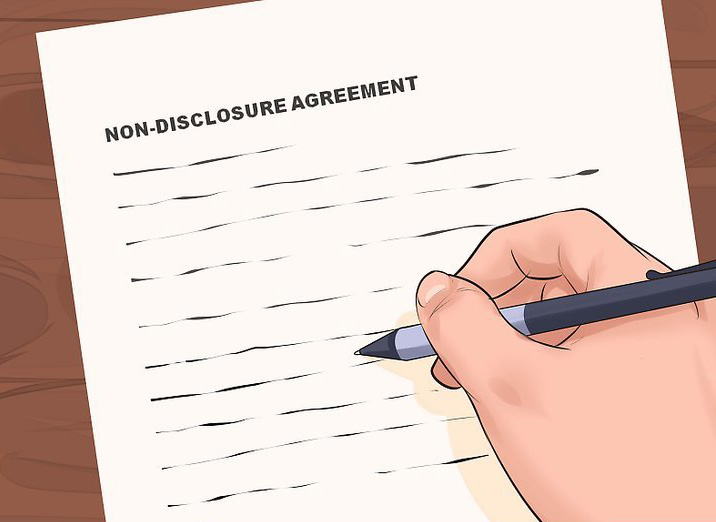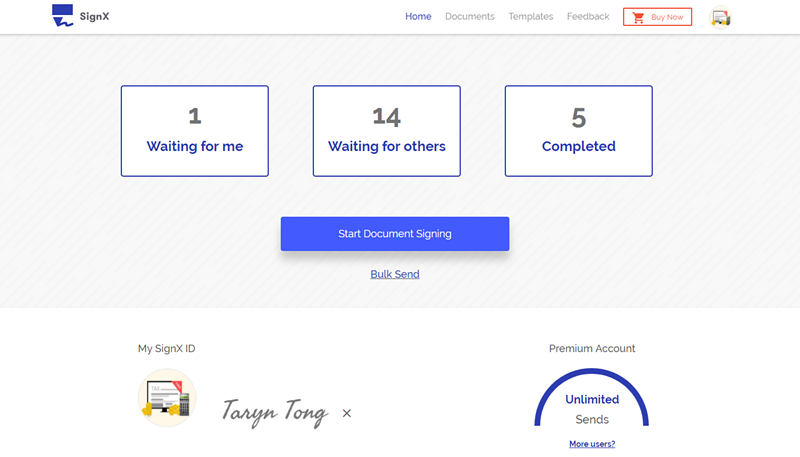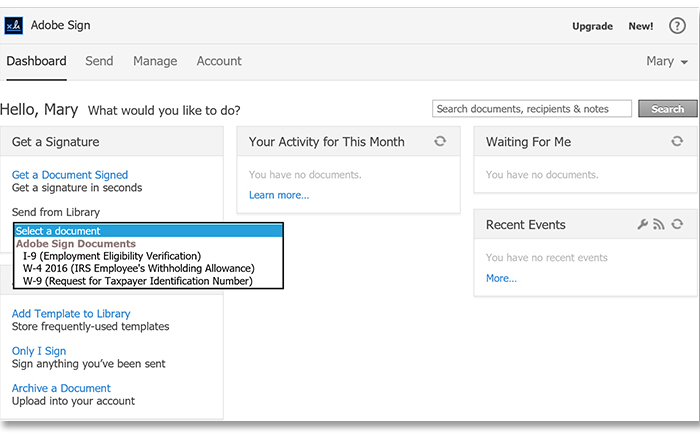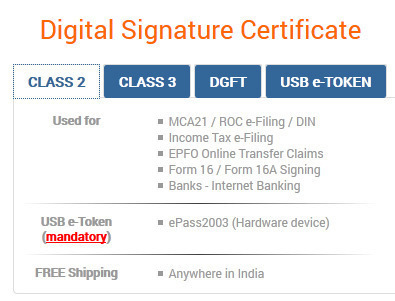Businesses and sometimes financial institutions use non-disclosure agreements to protect some trade agreements. You may even have heard of this document in relation to certain independent contracting jobs that require the freelance to keep the information they get from the client a secret. These can include jobs like ghostwriting. If you've come across a non-disclosure agreement and are not fully aware of how to handle it, this article should be very helpful to you.
Part 1 What is a Non-Disclosure Agreement (NDA)

A non-disclosure agreement is a contract that creates a legal obligation to privacy and that compels the those who sign it to keep the information top-secret. NDAs are fairly common and may be used to protect information regarding a business' processes that they want to keep from their competitors. It may also be used to keep information a secret for a specified period of time. For example, an NDA may be singed to keep the contents of a book out of the public eye until publication date.
In legal terms, an NDA is a contract that creates a legally binding relationship between a person who holds a secret and the person to whom the secret will be disclosed. Because it is legally binding, an NDA is enforceable in court and breaking the terms of the NDA can result in prosecution.
Part 2 The Key Elements of a Non-Disclosure Agreement
There are certain elements that must be there for a Non-Disclosure agreement to be legally binding. They include the following.
1. Sensitive Information
An NDA exists to protect sensitive information. Therefore, for the contract to exist and be legally binding, there has to be sensitive information. It is only if the information is leaked can the aggrieved parties claim a breach of contract. What is considered sensitive information may vary depending on the industry.
2. Definitions of Confidential Information
The NDA must also contain a detailed explanation of the confidential information is it bound to protect. It spells out the categories or information types that the agreement covers. But it may also exclude some information from protection which are also listed in the agreement.
3. Time Periods
The NDA will also specify the specific time period that the information is meant to remain confidential. This means that the person signing the NDA will not be allowed to share the information until the time detailed in the NDA has passed. Time periods specified in NDAs are however subject to negotiation and can be extended or reduced based on those negotiations.
Part 3 The Best Tool to Sign a Non-Disclosure Agreement

Just as it is with any other binding contract, an NDA must be signed to be legally binding. The availability of electronic signatures makes the process of signing a non-disclosure agreement that much easier and able to be conducted remotely. You don't even have to meet the person signing the non-disclosure agreement to get them to sign it. The best tool to help you accomplish this is SignX.
With it, you can simply send the NDA to all those who need to sign it in a simple way. Just enter their email addresses and the program delivers the document for them to sign. It will even send them regular reminders to ensure the document is signed on time. You, as the document's originator can keep track of the signing process, tracking the signers as they sign the document and even manage the signed NDAs in a swift and efficient manner. The fact that you can use the service on any device further simplifies the process, adding more flexibility to an already simple process.


